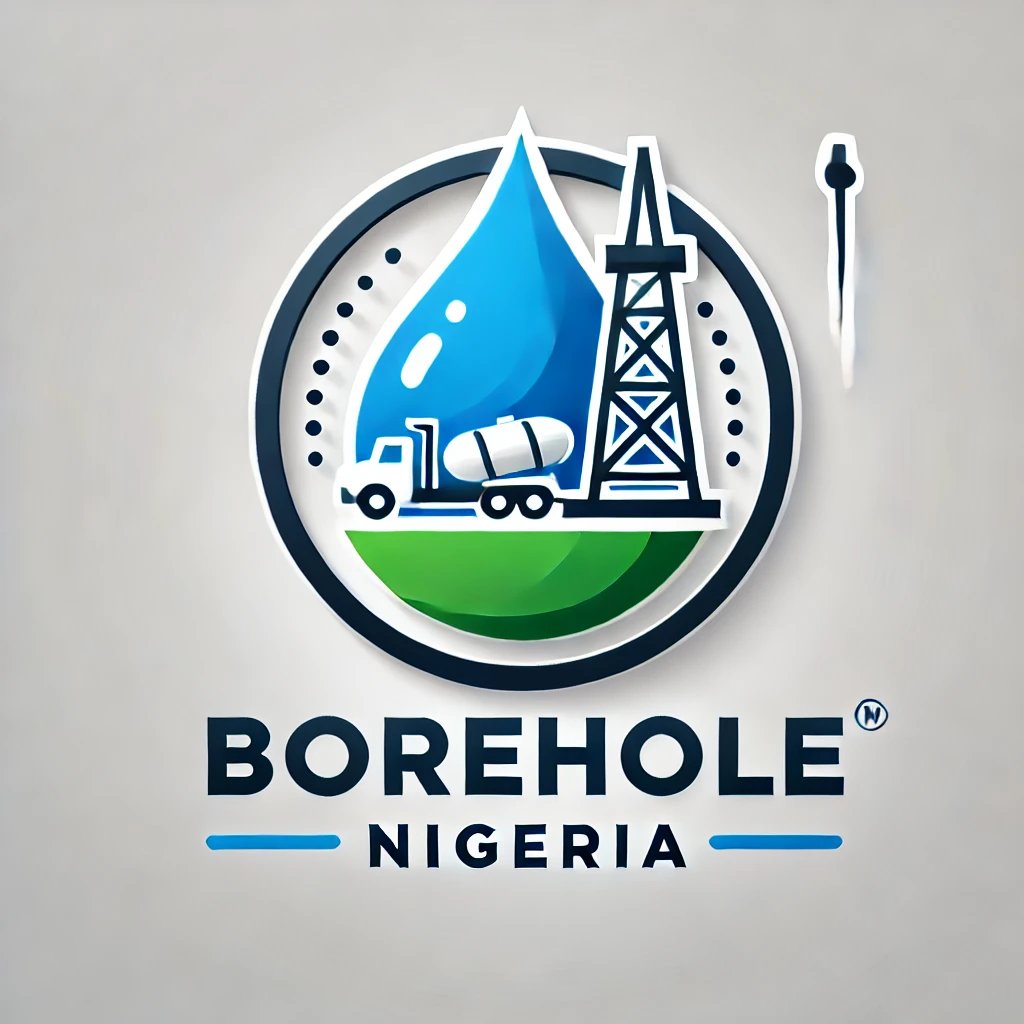A soakaway is a drainage system designed to manage wastewater by allowing it to slowly seep into the surrounding soil. In contrast to sewage systems that discharge waste into treatment plants or water bodies, soakaways handle liquid waste (effluent) from septic tanks or drainage systems.
How Soakaway Systems Work
- Septic Tank Pre-Treatment: Wastewater from households or facilities first flows into a septic tank, where solid waste settles at the bottom, and lighter materials, such as oils and fats, rise to the top. This leaves a middle layer of relatively clear water (called effluent).
- Effluent Discharge to Soakaway: The liquid effluent from the septic tank is discharged into the soakaway system, which is typically a pit or trench filled with gravel, stones, or specially designed chambers. The solid waste remains in the septic tank and needs to be periodically emptied by professionals.
- Infiltration into the Soil: The soakaway allows the liquid effluent to slowly seep into the surrounding soil. As the effluent percolates through the soil layers, it is naturally filtered and treated by microorganisms present in the soil, helping to break down organic matter and harmful bacteria.
- Natural Absorption and Treatment: The surrounding soil absorbs the liquid waste and naturally treats it. The soil acts as a natural filter, where bacteria and other organic matter are broken down into harmless substances as the wastewater seeps deeper into the earth.
What Happens to the Waste?
- Solid Waste: Solid waste, including sludge and scum, remains in the septic tank and is not discharged into the soakaway. It needs to be periodically pumped out by a waste disposal company, typically every 2-5 years depending on usage.
- Liquid Effluent: The liquid waste is safely absorbed by the soil, where it is gradually treated. Over time, the soil and microorganisms break down contaminants, ensuring the wastewater is purified before it reaches groundwater levels.
Key Points to Keep in Mind:
- No Direct Discharge: A soakaway system does not discharge waste into rivers, lakes, or streams. Instead, it relies on the natural absorption and filtration capabilities of the soil.
- Location: Soakaways should be located away from water sources (e.g., wells, boreholes, or nearby water bodies) to prevent contamination of potable water.
- Maintenance: It is important to maintain both the septic tank and soakaway by regularly emptying the septic tank to avoid blockages or overflows, which could damage the soakaway system.
By properly maintaining a septic tank and soakaway, wastewater is managed efficiently, and the surrounding environment remains safe from contamination.
